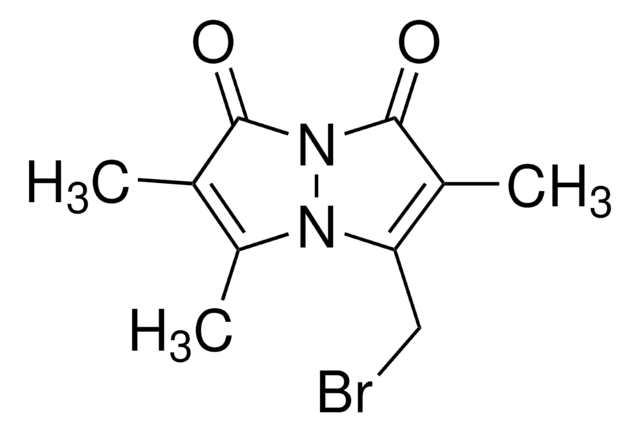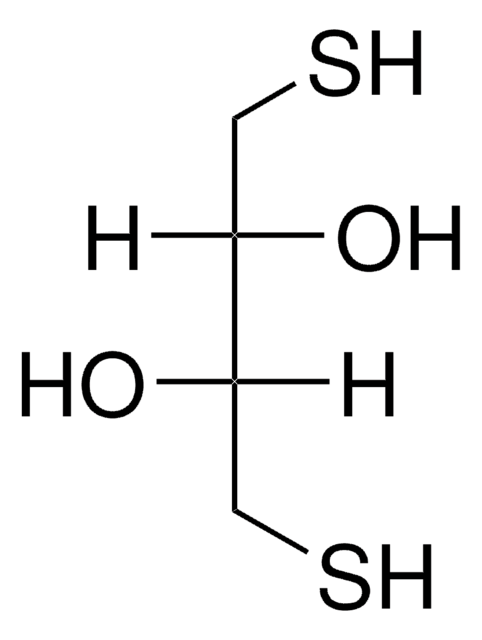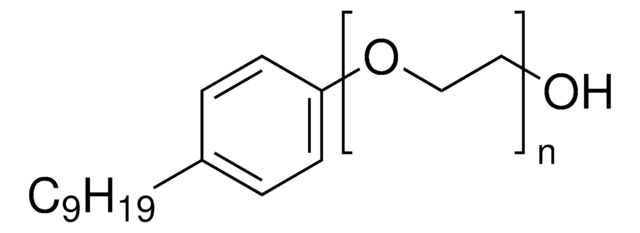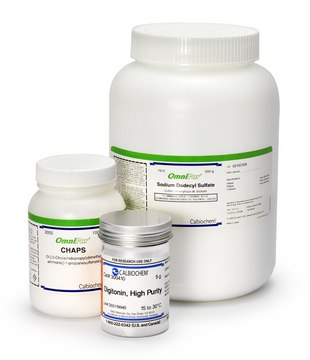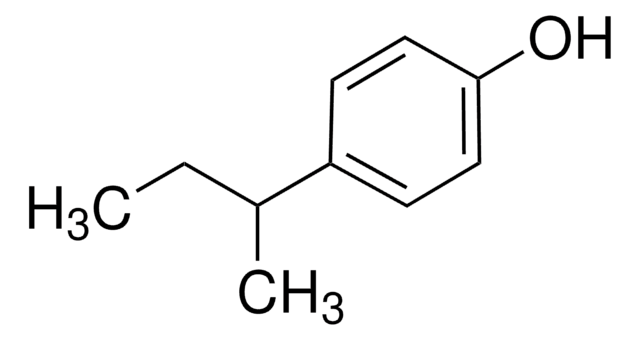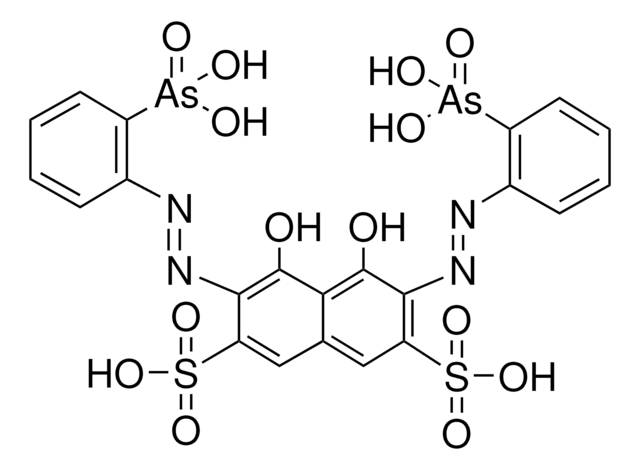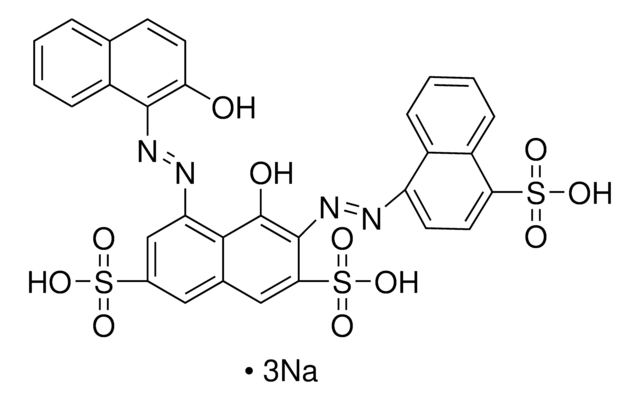All Photos(1)
About This Item
Empirical Formula (Hill Notation):
C10H11BrN2O2
CAS Number:
Molecular Weight:
271.11
Beilstein:
4430959
Recommended Products
Storage Class Code
13 - Non Combustible Solids
WGK
WGK 3
Flash Point(F)
Not applicable
Flash Point(C)
Not applicable
Personal Protective Equipment
dust mask type N95 (US), Eyeshields, Gloves
Choose from one of the most recent versions:
Certificates of Analysis (COA)
Lot/Batch Number
Sorry, we don't have COAs for this product available online at this time.
If you need assistance, please contact Customer Support.
Already Own This Product?
Find documentation for the products that you have recently purchased in the Document Library.
Eiichi Tokuda et al.
Neurotherapeutics : the journal of the American Society for Experimental NeuroTherapeutics, 12(2), 461-476 (2015-03-13)
Mutations in SOD1 cause amyotrophic lateral sclerosis (ALS), an incurable motor neuron disease. The pathogenesis of the disease is poorly understood, but intracellular copper dyshomeostasis has been implicated as a key process in the disease. We recently observed that metallothioneins
Amber M Jones Brunette et al.
Biochemistry, 53(40), 6290-6301 (2014-08-22)
Tryptophan-induced quenching of fluorophores (TrIQ) uses intramolecular fluorescence quenching to assess distances in proteins too small (<15 Å) to be easily probed by traditional Forster resonance energy transfer methods. A powerful aspect of TrIQ is its ability to obtain an
Eshan Ghosh et al.
Cell reports, 28(13), 3287-3299 (2019-09-26)
Desensitization, signaling, and trafficking of G-protein-coupled receptors (GPCRs) are critically regulated by multifunctional adaptor proteins, β-arrestins (βarrs). The two isoforms of βarrs (βarr1 and 2) share a high degree of sequence and structural similarity; still, however, they often mediate distinct
J Roszak et al.
Journal of hazardous materials, 392, 122442-122442 (2020-03-21)
This study was undertaken to assess cytotoxic effects of selected aluminium compounds, parabens and phthalates in combination with silver nanoparticles (AgNP, 15 and 45 nm by STEM, Ag15 and Ag45, respectively) on cell lines of the human breast epithelium, normal
Abhinav Sinha et al.
Biochemistry, 53(20), 3294-3307 (2014-04-15)
Various studies have implicated the concave surface of arrestin in the binding of the cytosolic surface of rhodopsin. However, specific sites of contact between the two proteins have not previously been defined in detail. Here, we report that arrestin shares
Our team of scientists has experience in all areas of research including Life Science, Material Science, Chemical Synthesis, Chromatography, Analytical and many others.
Contact Technical Service